FriendlyELEC NanoPi R2S SBC for headless applications with Rockchip RK3328 processor and dual Gigabit Ethernet ports is getting some competition, as with Orange Pi R1 Plus board, Shenzhen Xunlong Software has updated its Orange Pi R1 board powered by an Allwinner H2+ to RK3328 processor coupled with 1GB RAM, and offering dual Gigabit Ethernet ports, plus one USB port for router applications.
Orange Pi R1 Plus board specifications with highlights in bold or stricken through showing differences against R1 board:
- SoC –Rockchip RK3328 quad-core Cortex-A53 @ 1.5 GHz with Arm Mali-450MP2
- System Memory – 1GB DDR4 RAM
- Storage – MicroSD card slot, 16 MB SPI flash
- Connectivity – 2x Gigabit Ethernet via RTL8211E transceiver and RTL8153B USB 3.0 to Ethernet chip
+ 802.11 b/g/n WiFi (Realtek RTL8189ETV) with u.FL antenna connector and external antenna - USB – 1x USB 2.0 port, 1x USB-C OTG port
- Expansion headers
Unpopulated 26-pin “Raspberry Pi B+” header- 13-pin header with earphone, 1x GPIO, TV-out, UART, I2C, and IR receiver signals (note signals and pinout may have changed from Orange Pi R1)
- Debugging – 3-pin header for serial console, fan header
- Misc – Recovery key, WAN & LAN LEDs on board, “working status” LED.
- Power Supply – 5V via USB-C port or 2-pin header; RK805 PMU
- Dimensions – 57 x 56 mm (vs 60 x 45 mm)
The new Orange Pi R1 Plus has a significantly faster processor, quadruple the amount of RAM, support for Gigabit Ethernet instead of Fast Ethernet, but lacks built-in WiFi, as the company decided to provide a USB port instead for external WiFi adapters. There are also fewer I/Os available since the 26-pin header is gone.
But a better comparison might be against NanoPi R2S as both boards are pretty similar.
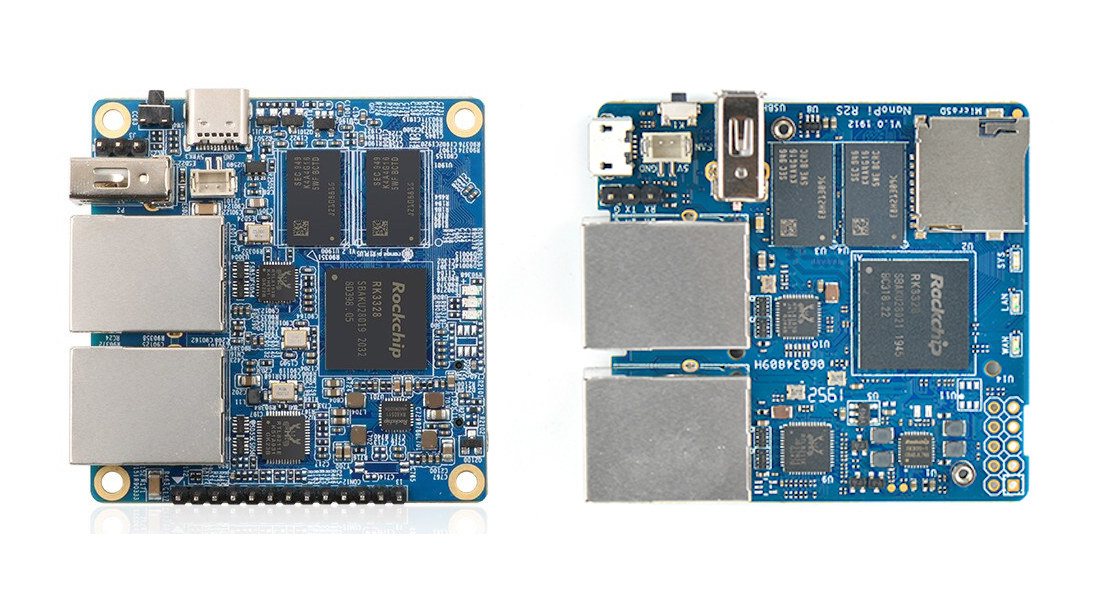
The specifications are also virtually identical with only some small difference in the layout, as well as a USB-C port being used instead of a micro USB port, and the R1 Plus board has three more I/O pins. It’s not impossible both boards may be able to share the same firmware images as well. Speaking about software, the company says its board supports Android 9, Ubuntu, Debian, and OpenWrt.
Orange Pi R1 Plus single board is sold for $21.99 and up on Aliexpress or Amazon US. That’s without a heatsink though, so you may consider spending $5 to $6 extra for the kit with a small heatsink and an expansion board with AV port and extra USB ports, or simply use your own heatsink plus thermal paste.
Since the USB interface is no longer exposed through the 13-pin connector.m the USB port will not work, so the expansion board is only useful for audio and video through the 3.5mm AV jack.
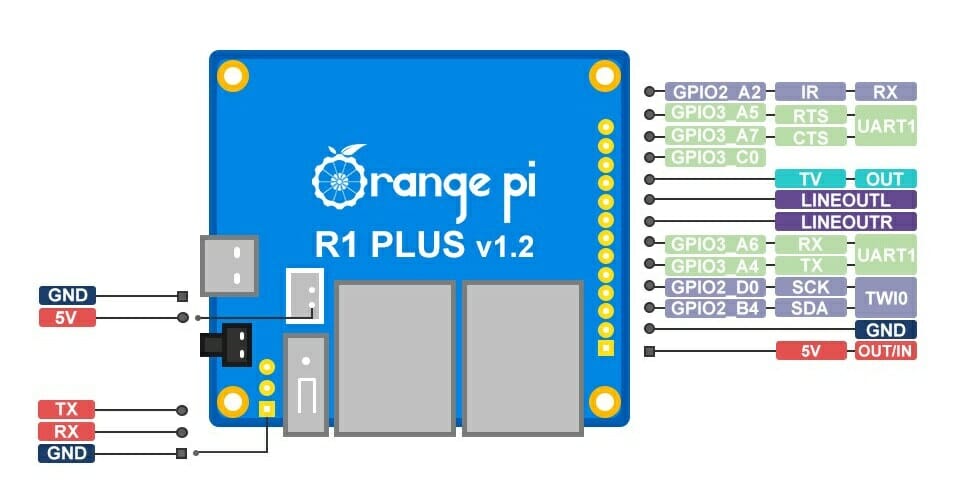 NanoPi R2S bare SBC is sold for about the same price, but FriendlyELEC also offers an $8 metal case that should provide better cooling and this may be important depending on your workload and environmental conditions (i.e. room temperature).
NanoPi R2S bare SBC is sold for about the same price, but FriendlyELEC also offers an $8 metal case that should provide better cooling and this may be important depending on your workload and environmental conditions (i.e. room temperature).

Jean-Luc started CNX Software in 2010 as a part-time endeavor, before quitting his job as a software engineering manager, and starting to write daily news, and reviews full time later in 2011.
Support CNX Software! Donate via cryptocurrencies, become a Patron on Patreon, or purchase goods on Amazon or Aliexpress. We also use affiliate links in articles to earn commissions if you make a purchase after clicking on those links.


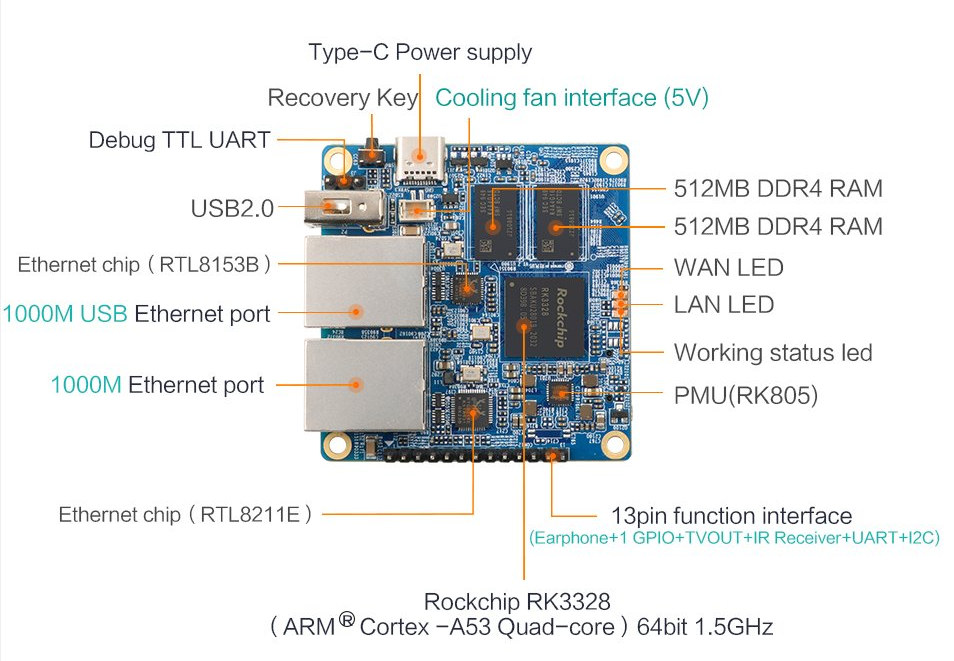
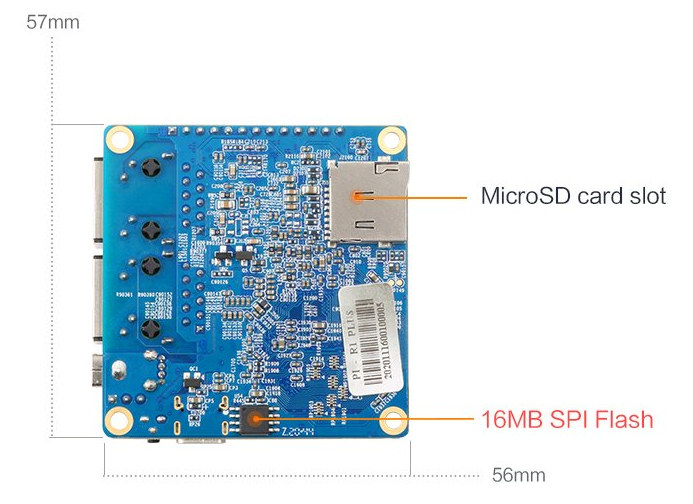
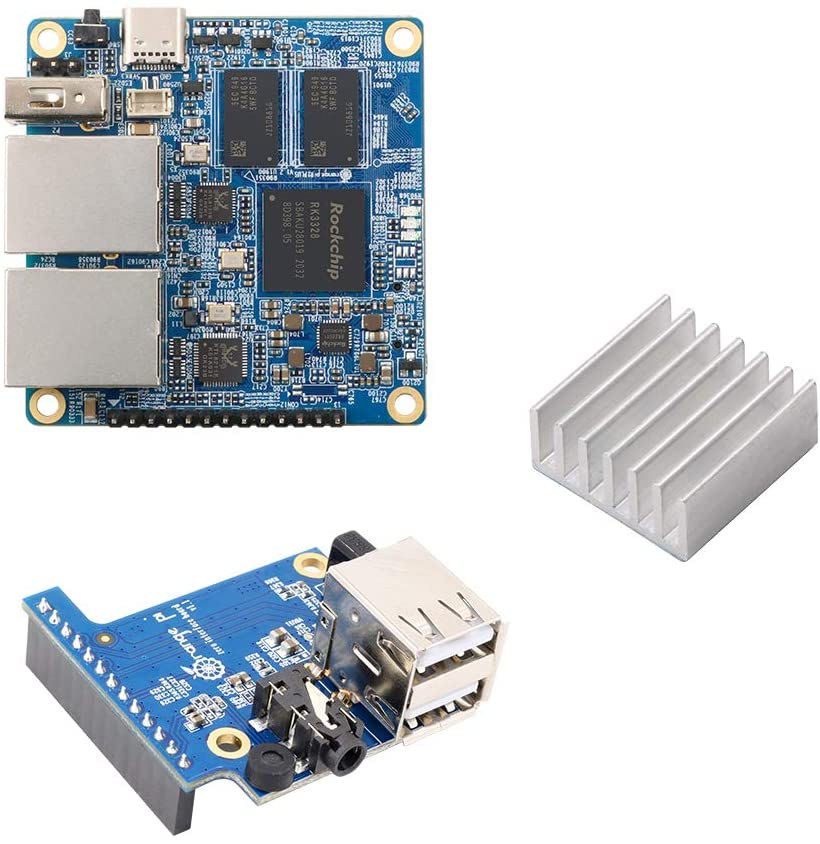


Since a S905X3 runs cool. I wish someone would build one based on S905X3 SoC. Khadas are doubling down on mini PC and their Khadas software as I understand it. So that leaves Odriod maybe?
Khadas has a mini PC? Are you talking about the VIM3(L)?
Khadas see their designs as mini PC .
Hardkernel will be releasing a 4 port 2.5 Gbps add-on board for the H2/H2+ soon so they are interested in this market.
If it does well I could see them creating a full device targeting networking.
Can you please share a link since browsing those forums is way too annoying.
Thanks for the review. Do you know of any version of this that has a 2g/3g communication capability?
You could always add a cellular USB adapter compatible with Linux.
There’s a fair amount of boards with multiple Ethernet ports and cellular connectivity usually via mPCIe, but they usually cost more. Some examples:
https://www.cnx-software.com/2020/09/23/gateworks-venice-industrial-iot-sbc-family-features-dual-ethernet-and-mpcie-sockets/
https://www.cnx-software.com/2020/09/21/wpq873-wireless-embedded-sbc-is-powered-by-qualcomm-ipq8072a-wifi-6-soc-supports-5g-modules/
https://www.cnx-software.com/2020/03/13/2-5-inch-pico-itx-sbc-offers-lvds-hdmi-displayport-video-interfaces-dual-gigabit-ethernet/
I’m not sure what you want to do exactly, but the most cost effective way to proceed is normally to get a router board plus a USB adapter.
wow, no usb3 again….
USB3 is consumed by the 8153 USB-Ethernet interface.
The diagram does NOT include dual gigabit ethernet.Shoot, my eyes are playing tricks on me.
Will this suffer the same issues as the Raspberry Pi USB-based ethernet?
No. The RTL8153B is directly attached to the SoC’s USB3 host controller without any hub involved. We run similar setups with external RTL8153 USB dongles in productive setups at various sites without any issues.
For USB Ethernet the chip is a very good implementation especially compared to the catastrophic choice on the RPi 3B+ (the Microchip GbE thingy behind an internal USB2 hub behind the BCM2837B0’s single USB2 port).